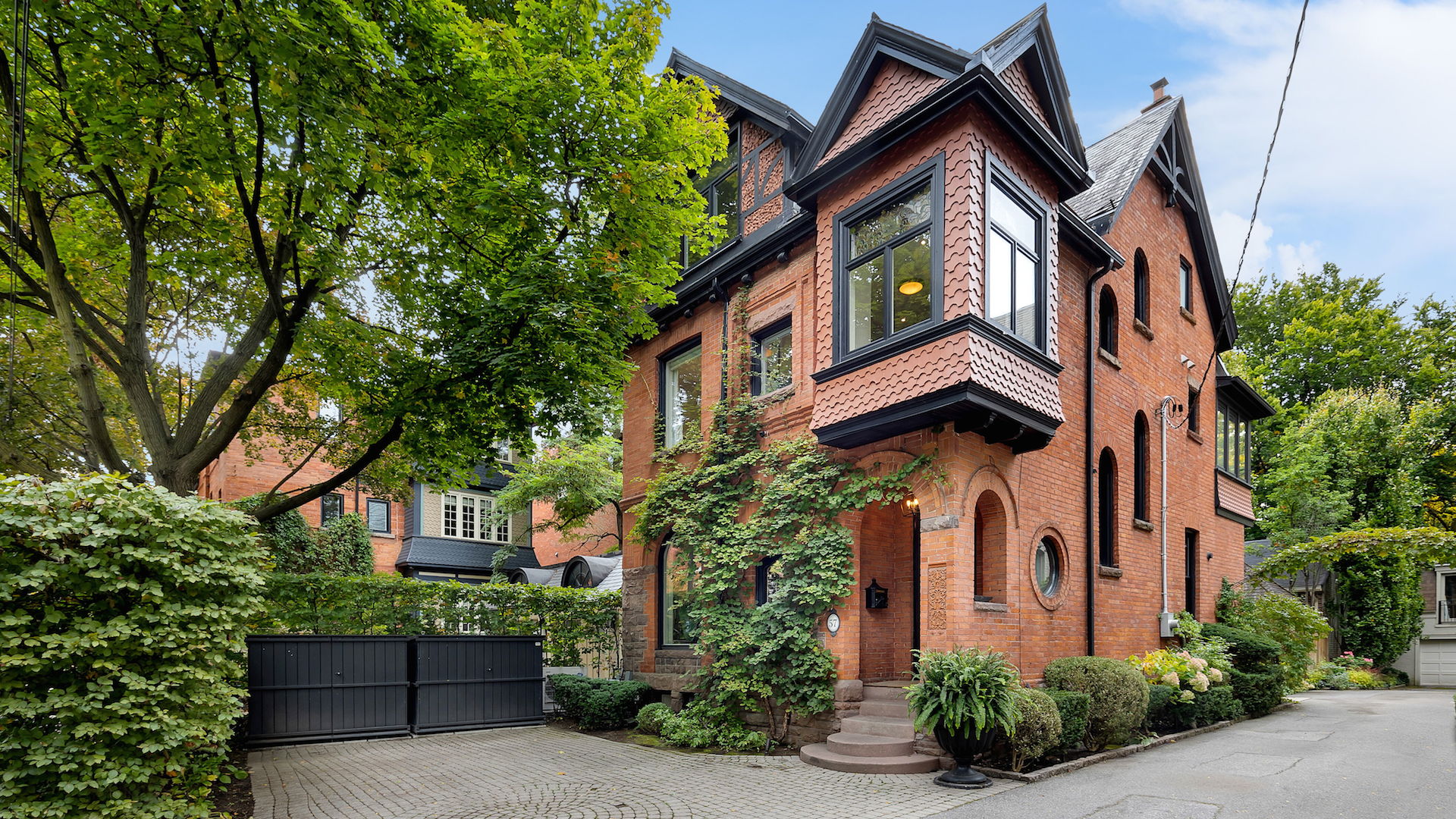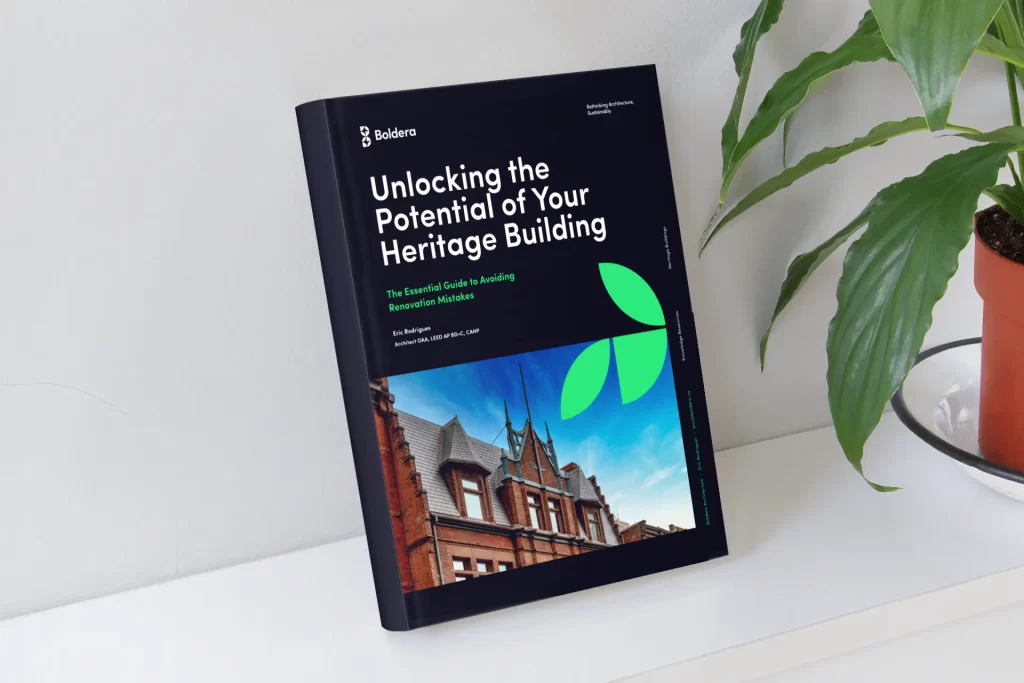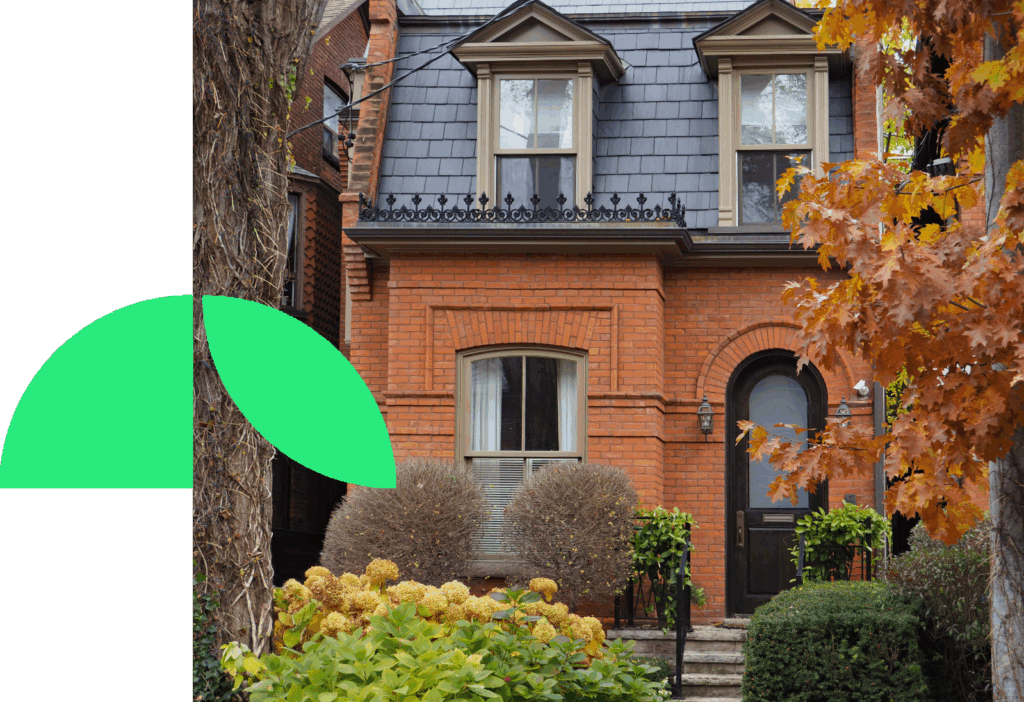Renovating Historic Homes: A Residential Architect's Guide
Eric Rodrigues, OAA, LEED AP BD+C, CAHP
In the heart of Toronto, where history and modernity converge, the renovation of historic homes is an art that demands precision and expertise. In this article, we’ll delve into the unique challenges and insights offered by a Toronto residential architect’s perspective on revitalizing these historical structures.
Preserving Toronto's Cultural Identity
Toronto’s neighborhoods are adorned with a rich tapestry of historic homes, each echoing the stories of a bygone era. From the Victorian elegance of Cabbagetown to the Edwardian charm of The Annex, these architectural gems serve as a testament to the city’s captivating past. A Toronto residential architect brings a nuanced understanding of these structures, recognizing the significance of preserving their unique character.
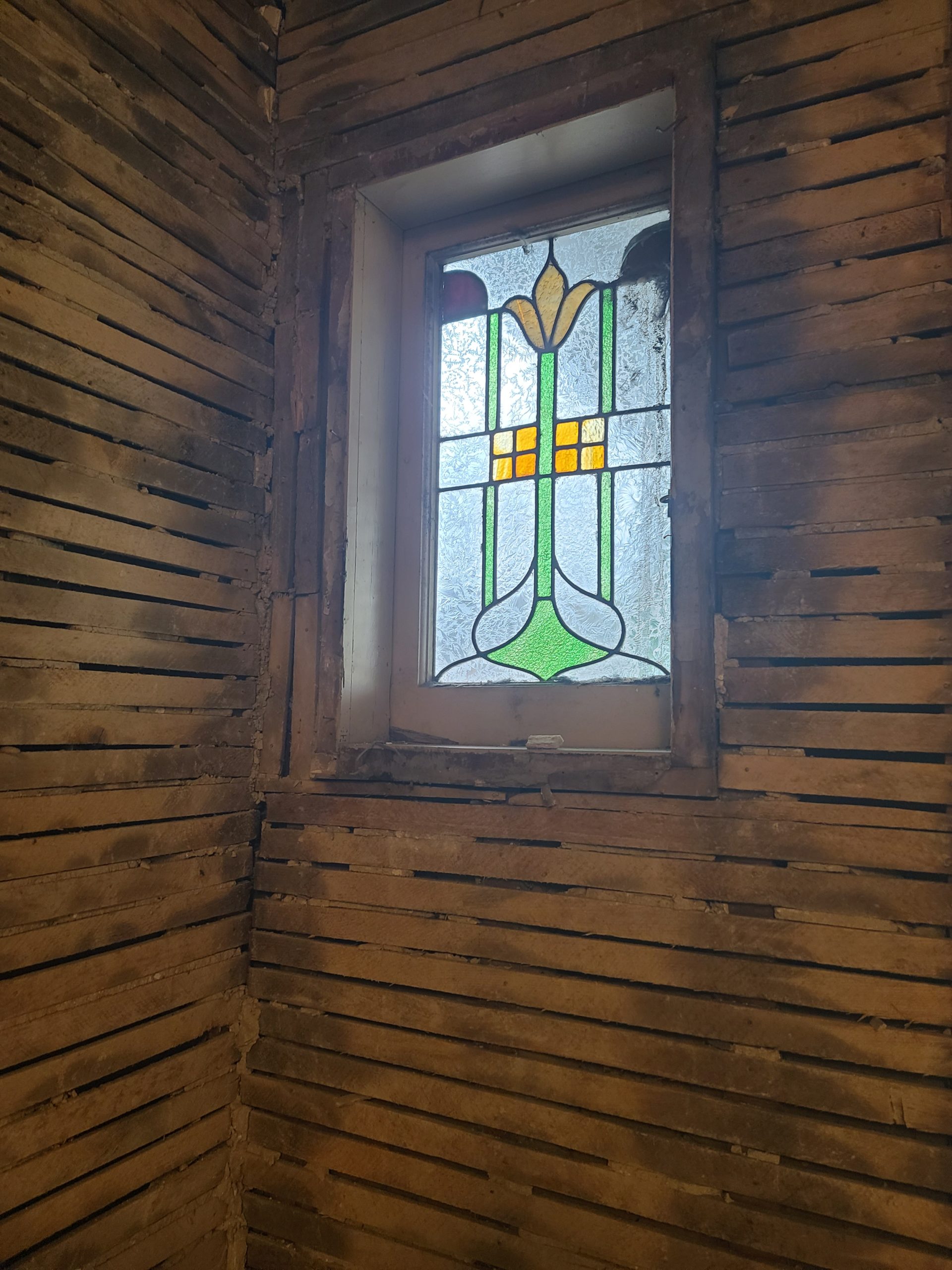
Restoration of a Toronto Century Home in Regal Heights, Toronto. (Boldera Architects)
Navigating Heritage Preservation Regulations
Renovating historic homes in Toronto requires a careful dance with heritage preservation regulations. A seasoned architect is well-versed in the guidelines that safeguard these properties, ensuring that every renovation project aligns with the city’s commitment to preserving its architectural legacy. Understanding these regulations is paramount to a successful renovation that respects the home’s history while meeting contemporary needs.
Preservation & Modernization
Balancing the preservation of original features with the integration of modern amenities is an intricate task. Toronto residential architects approach this challenge with finesse, meticulously preserving intricate details while seamlessly incorporating contemporary comforts. The result is a harmonious blend of the old and new, where historic charm meets modern functionality.
Renovating historic homes involves a deep appreciation for traditional construction materials and techniques. From restoring aged hardwood floors to sourcing reclaimed bricks, a skilled architect understands the importance of maintaining authenticity. This commitment not only enhances the aesthetic appeal but also aligns with Toronto’s sustainability goals, contributing to the eco-conscious reuse of materials.
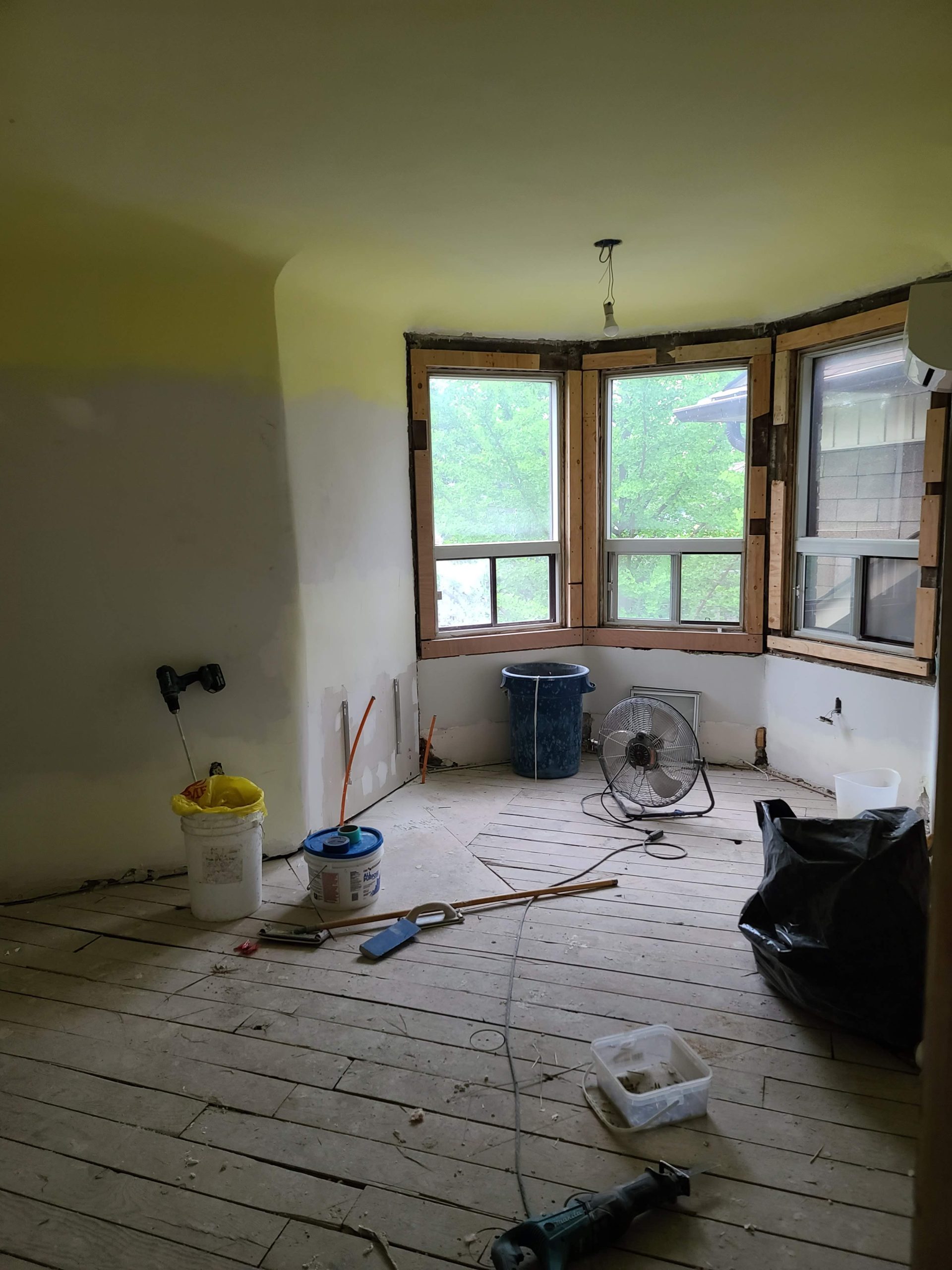
Restoration of a Toronto Century Home in Regal Heights, Toronto. (Boldera Architects)
Conclusion
Renovating historic homes is a collaborative effort that extends beyond the architect and homeowner. Engaging with local historians, preservationists, and community members is integral to the process. A Toronto residential architect fosters collaboration to ensure that each renovation not only enhances the individual property but also contributes positively to the neighborhood’s overall character.
In the dynamic city of Toronto, renovating historic homes is a nuanced journey that requires expertise, creativity, and a deep respect for the past. An expert heritage residential architect is equipped with the knowledge to navigate heritage preservation regulations, balance preservation with modernization, and craft innovative design solutions
I hope this article has helped you with your planning. If you have questions, book a free 30-minutes Discovery Session with Boldera Architecture. This will unlock the full potential of your project and help you develop a quick action plan. My goal is to help you develop successful projects.

